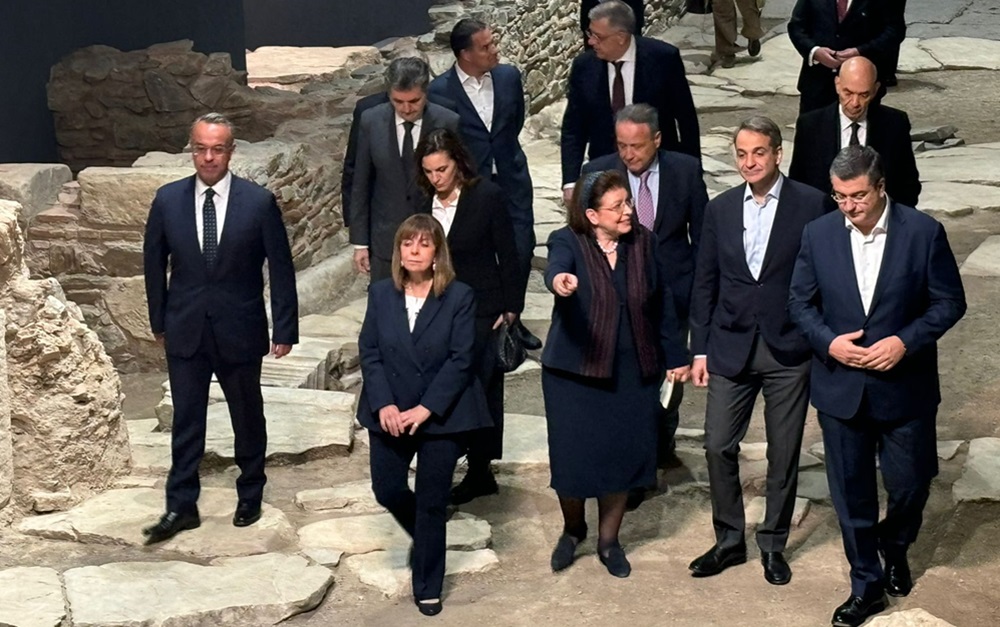
On 30 November, the Thessaloniki Metro opened its gates, a project that hopes to solve the city’s serious traffic problem along with the gradual extensions planned for the coming years.
The works started in 2013 and during the course of the works, domestic and external factors caused significant delays. However, the most “pleasant” obstacle has been the discovery of thousands of archaeological finds already from the Hellenistic period.
The idea of creating an “underground railway” in Thessaloniki is more than a century old and belongs to the architect Thoman Mawson in 1918. It was inspired by his proposal to redesign the city after the great fire of 1917 that destroyed about one third of the city. Europe’s first underground railway had already been operating in London since the 1860s, so it was a familiar solution for the British architect.
In the following decades of the 20th century, the proposal to create a metro in Thessaloniki was recurring. There were related attempts, studies and plans, but they were not followed up.
The time came in 2003 when it was decided to build the project with co-financing from the European Union. The works started in 2006 and, after successive postponements of the opening of operations, were completed in 2024.
Today, the Thessaloniki Metro line is 9.5 km long and has 13 stops.
During the tour of the Prime Minister, Kyriakos Mitsotakis and the President of the Republic, Katerina Sakellaropoulou, at the archaeological site and the findings of the excavations of the Venizelos station of Thessaloniki Metro, the Minister of Culture, Lina Mendoni, said: “An original and innovative, on a global scale, project was composed, which required literally surgical movements, knowledge, experience, responsibility, method, meticulousness and constant supervision. However, its execution was exemplary, as it was carried out in full compliance with international standards and the relevant archaeological legislation. Thessaloniki can be proud of something unique. A restored archaeological site integrated into a major technical public utility project. But also an archaeological site that is organically integrated into the everyday life of the citizens. Every passenger, entering the Metro, comes into direct contact with the long history of the city. And this is a unique privilege of Thessaloniki internationally.”







Leave A Comment